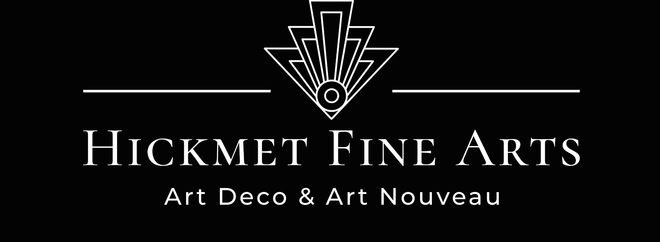BONHEUR, ROSA
Rosa Bonheur, original name Marie-Rosalie Bonheur (born March 16, 1822, Bordeaux, France—died May 25, 1899, Château de By, near Fontainebleau) French painter and sculptor famed for the remarkable accuracy and detail of her pictures featuring animals. Toward the end of her career those qualities were accentuated by a lighter palette and the use of a highly polished surface finish.
Bonheur, Rosa: The Horse Fair [Credit: Photograph by dmadeo. The Metropolitan Museum of Art, New York City, gift of Cornelius Vanderbilt, 1887 (87.25)]
Bonheur was trained by her father, Raymond Bonheur, an art teacher and a follower of the social theorist Henri de Saint-Simon. In 1836, three years after her mother’s death, Bonheur met Nathalie Micas, who became a lifelong companion. By the time Bonheur was in her teens, her talent for sketching live animals had manifested itself, and—rejecting training as a seamstress—she began studying animal motion and forms on farms, in stockyards, and at animal markets, horse fairs, and slaughterhouses, observing and sketching them and gaining an intimate knowledge of animal anatomy. At the Salon of 1841 she exhibited two paintings, Goats and Sheep and Rabbits Nibbling Carrots (1840).
Her sketching visits to those public places that were largely the domain of men, as well as her work in the studio, prompted her by at least the early 1850s to eschew traditional female clothing for the trousers and loose blouse of a male peasant. She continued to dress in masculine attire for the rest of her life, though she came to be mocked and disparaged for her garb. Like novelist George Sand, whom Bonheur admired, she obtained police authorization to dress as she did (1852).
Bonheur also made a number of sketching trips to such regions as Auvergne and the Pyrenees, as well as to London, Birmingham, and Scotland. She exhibited regularly at the Salon from 1841 to 1855, winning exemption from jury approval in 1853. Her work rapidly gained popularity in the United States and Britain. The Horse Fair (1853), considered by many to be her masterpiece, was acquired in 1887 by Cornelius Vanderbilt for a record sum and became one of her most widely reproduced works; Vanderbilt donated the piece to the Metropolitan Museum of Art in New York City. Bonheur’s work sold so well that in 1860 she was able to purchase an estate with a château, at By, near Fontainebleau. She was the first woman to be awarded the Grand Cross of the Legion of Honour (1865). In the 1870s she began to study and sketch lions and to master the characteristics of their movement as she had horses and many other animals; as an aid to her observation and in appreciation of their spirit, she even raised some lions on her estate. In addition to animals, Bonheur was intrigued by the legends of the American West. When “Buffalo Bill” Cody took his Wild West show to Paris in 1889, Bonheur befriended him and sketched his encampment and its denizens, as well as painting his portrait on horseback. Micas, Bonheur’s companion, died in 1889. That same year Bonheur met a young American painter, Anna Klumpke, with whom she corresponded for many years. Klumpke eventually traveled to France to paint Bonheur’s portrait, and the two artists remained together at By until Bonheur’s death.

